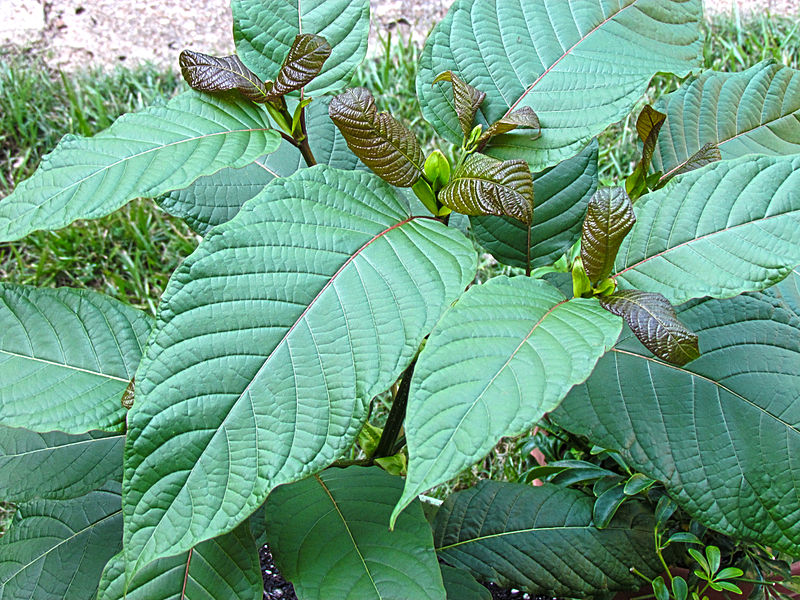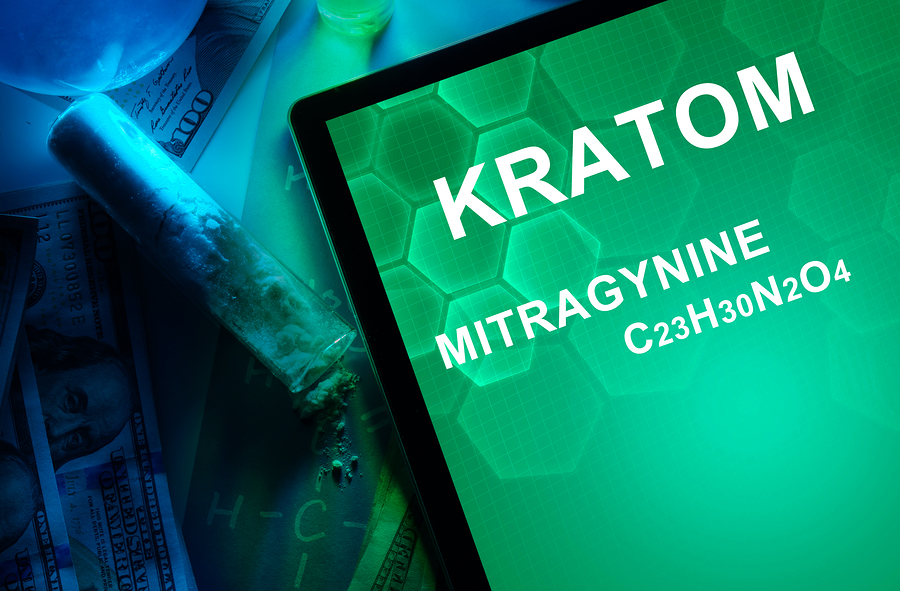States Wrestle with Kratom Regulation
/By Mara Silvers, KFF Health News
Montana lawmakers are grappling with how — if at all — the state should rein in kratom, an unregulated plant-derived substance with addictive properties sold mainly as a mood and energy booster at gas stations, vape shops, and elsewhere.
Kratom, which originates from the leaves of a tree native to Southeast Asia, is also touted for helping relieve pain and opioid withdrawal symptoms. But it can have wide-ranging mental and bodily effects, according to the federal Drug Enforcement Administration, addiction medicine experts, and kratom researchers. Reports of deadly kratom overdoses have surfaced in recent years, though often in combination with other substances.
But the drug is in a gray federal regulatory area: It’s designated by the DEA as a “drug and chemical of concern,” but it is not considered a controlled substance. Legislation introduced in Congress in 2023 to study kratom has not advanced.
The lack of federal regulation and congressional action has left it to states to step into the complex debate over how to clean up supply chains and protect users.
The kratom industry itself wants to help address this regulatory void. A bill drafted by the American Kratom Association, a national industry lobbying group, is pending in the Montana Legislature. In its current form, the industry-dubbed “Kratom Consumer Protection Act” would ban sales to people under 18 and restrict which products can be labeled as “kratom” based on the amount and potency of two chemical components, mitragynine, and 7-hydroxymitragynine.
Similar industry-backed bills have passed in 14 states, including Oregon, Texas, Kentucky, and Maryland, according to the American Kratom Association website. Other states, including Wisconsin and Arkansas, have enacted kratom bans by listing it as a Schedule I controlled substance.
Oliver Grundmann, a University of Florida researcher who has studied kratom since 2016, said industry-written bills often hinge on producers accurately representing what’s in their products. Lawmakers and the public in Montana may not be convinced that the proposed legislation will put public health considerations above commercial interests.
“Naturally, a company is driven by profits and making sure that they can retain their profits,” Grundmann said. “I’m skeptical of self-regulation.”
Whether the Montana bill will be effective hinges on the state’s having enough resources to regulate the industry, as well as industry retailers honestly testing and marketing their products, he said.
The bill’s sponsor, Republican Rep. Nelly Nicol, said she’s trying to bring her fellow lawmakers up to speed on a substance that few people understand. Nicol said she delayed House Bill 407’s first committee hearing to give herself more time to speak with legislators and to hear from groups that support and disagree with the industry’s suggested approach. She indicated she’s open to amending the bill, though it has not yet been rescheduled for a committee hearing.
“We’re going to be changing our minds and learning things and molding this as we’re going,” Nicol said in a February interview.
Potentially Addictive
Researchers and addiction medicine experts have struggled in recent years to pin down kratom’s health effects and patterns of use. A federal survey from 2021 estimated that 1.7 million Americans age 12 and older used the substance in some way the year before the study.
Medical providers and addiction researchers in Montana say patients often don’t disclose their kratom use to health care providers. Some consider it an herbal supplement, a perception driven by its accessibility in gas stations and vape shops, rather than a mind-altering and potentially addictive drug.
Megan Zawacki, a physician assistant and addiction medicine specialist in Helena, said many of her patients seek help for misuse of other substances and aren’t easily convinced of kratom’s negative side effects.
“The majority of my patients that are using it can’t even quantify to me how much they’re using,” Zawacki said.
But if their use spirals into addiction, she said, the consequences of the substance become clearer. At her clinic in Helena, Zawacki said, more of her patients are currently being treated for kratom addiction than for opioid use disorder.
“I’ve had two patients specifically in the last calendar year tell me, ‘We need to bring legislation against kratom,’” she said. “Because it is so readily available and so misunderstood that it just is wreaking havoc on their lives.”
Depending on how it’s manufactured and how much users consume, kratom can function as a stimulant or a sedative.
Though not an opioid, its key chemical components can target opioid receptors in the brain, leading some advocates to cite its potential for helping opioid users manage withdrawal.
Zawacki and other Montana providers say they have prescribed buprenorphine to help patients stop using kratom — the same treatment often used to manage opioid addiction.
“What we have seen in recent years is even stronger extracts that focus specifically on mitragynine and 7-hydroxymitragynine. These should not be seen as ‘kratom’ any longer.”
Some Montana advocacy groups that work to prevent substance misuse have also flagged concerns about kratom use among minors. Beth Price Morrison, with the Alliance for Youth in Great Falls, said her organization has pressured gas stations in the area to stop carrying kratom products or at least keep them behind the counter.
“Our youth are really struggling with mental health right now, and they turn to substances to cope. And this stuff is easily accessible,” Price Morrison said.
Price Morrison and Nicol expressed support for raising the age limit on kratom sales to users 21 and older, rather than 18, which is in the current draft of the American Kratom Association bill.
The legislation would allow state regulators to screen kratom products coming on the market in Montana and create a registry of permitted distributors. Vendors would be banned from selling or promoting kratom products whose concentration of 7-hydroxymitragynine exceeds 2% of the total alkaloid content.
The American Kratom Association and other supporters say that such a restriction would help weed out natural forms of kratom from synthetic, higher-potency concoctions. Some kratom researchers have endorsed this type of market regulation, citing the chaotic array of products currently allowed to sport kratom labels.
Grundmann, the University of Florida researcher, said there has been an “evolution” in the United States of products being labeled and sold as kratom.
“The kratom that was on the market then was basically ground-up leaf powder that was not further concentrated,” Grundmann said. “What we have seen in recent years is even stronger extracts that focus specifically on mitragynine and 7-hydroxymitragynine. These should not be seen as ‘kratom’ any longer.”
Grundmann, who supported a similar version of legislation in Arizona in 2019, said Montana’s bill is a starting point for regulation. He said other states, including Colorado, began with a common framework and put more guardrails in place in recent years.
Price Morrison, the youth prevention advocate, said she has broader misgivings about any bill that normalizes the sale of kratom in Montana. In an ideal world, she said, she would like to see the product banned completely.
“We know that availability drives use. And when a product is marketed as regulated, it gains legitimacy,” Price Morrison said. “And more people, including those who are vulnerable, end up using it.”
KFF Health News is a national newsroom that produces in-depth journalism about health issues.














